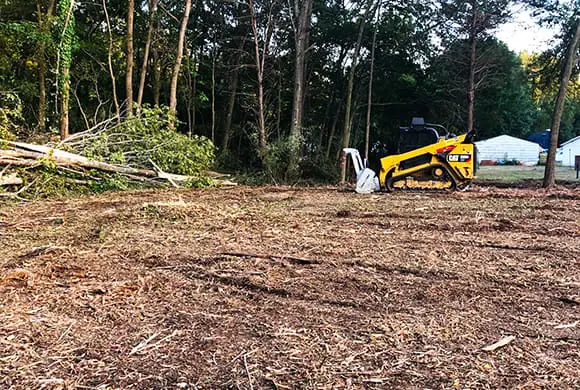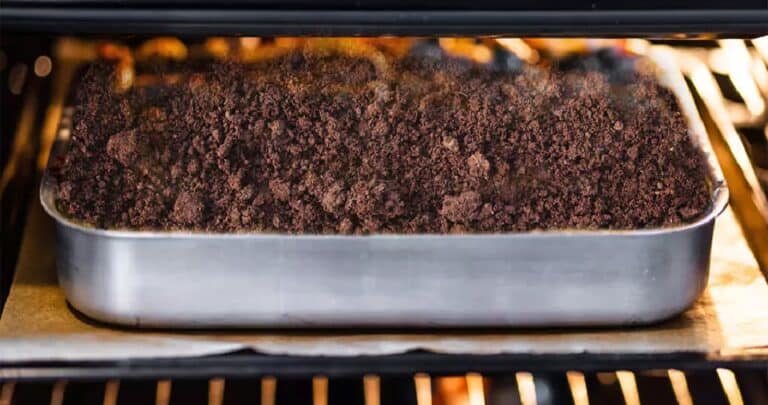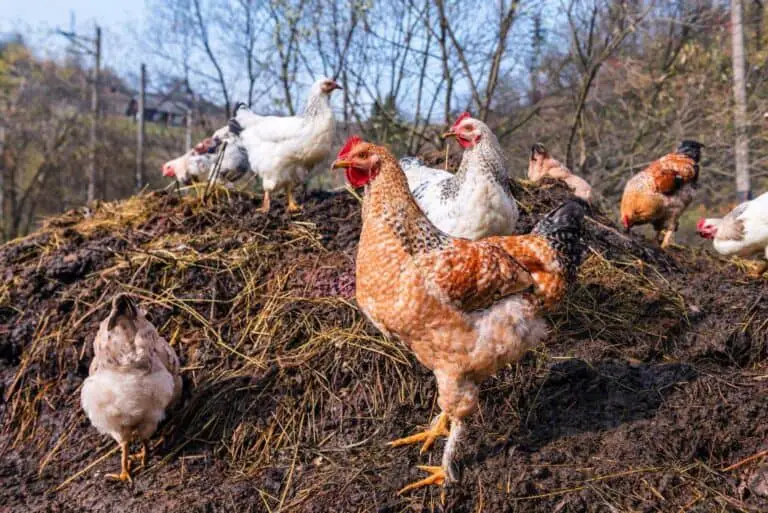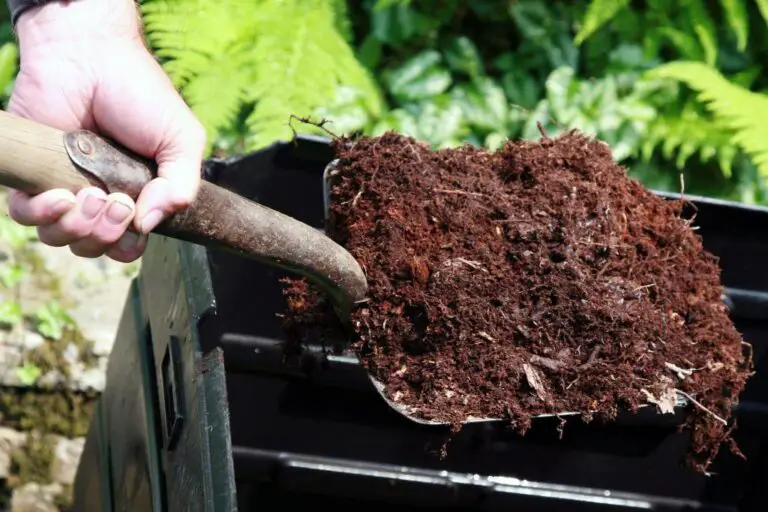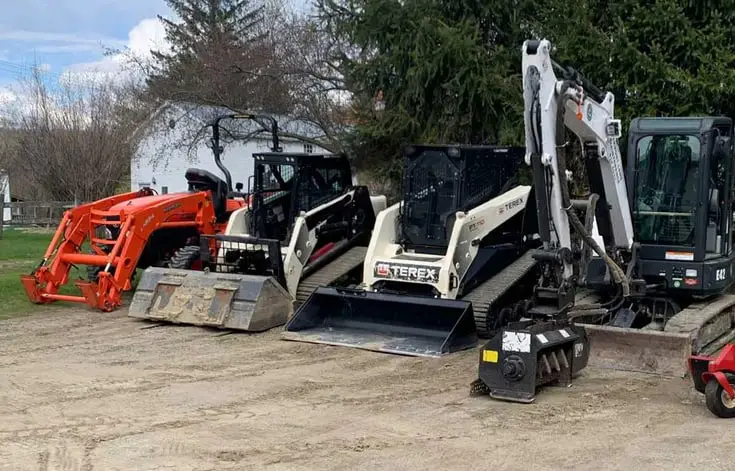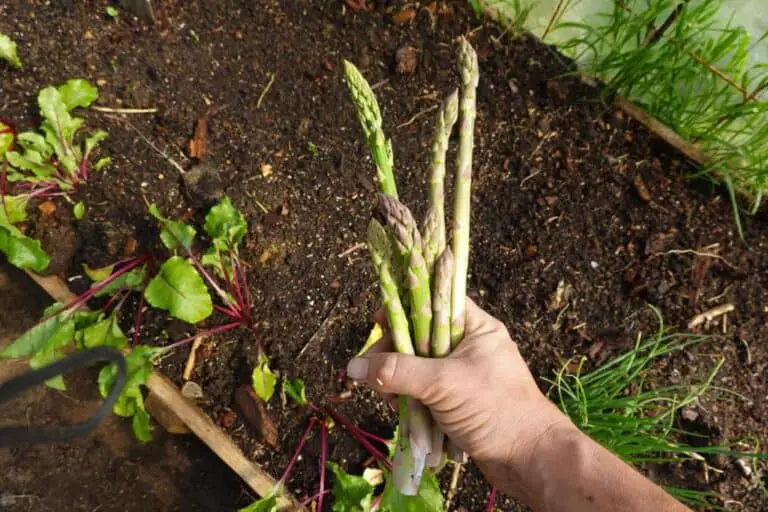Are Coffee Grounds Good for Asparagus? (Sustainable Gardening Guide)
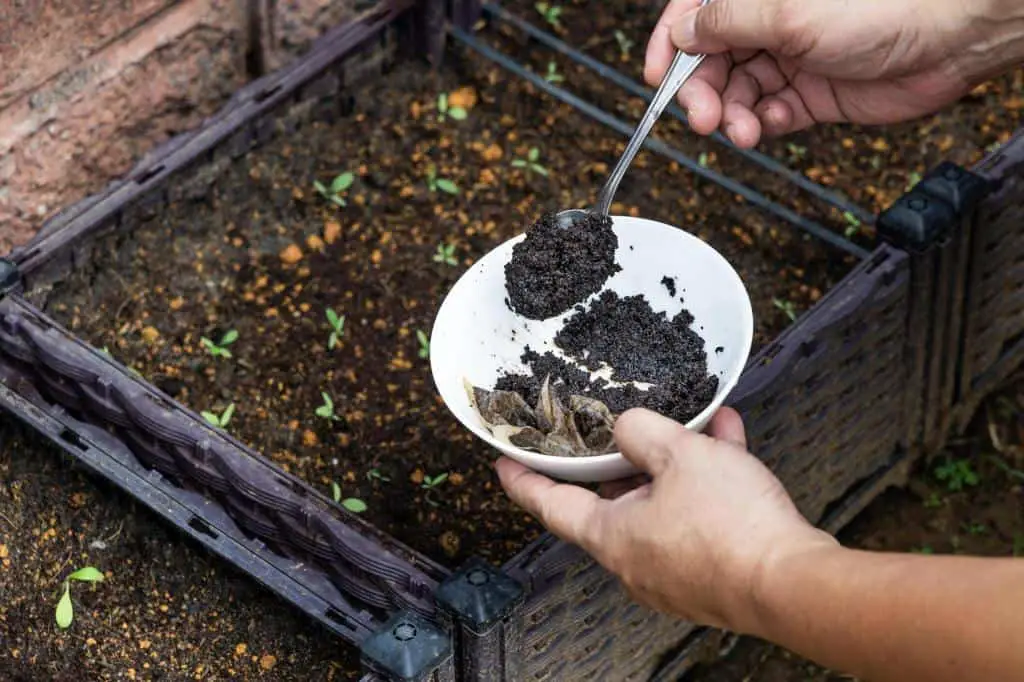
Have you ever thought about giving your asparagus a morning boost with a touch of coffee? The idea might sound odd at first. But, there’s a growing trend in home gardening. It involves using coffee grounds to nurture delicate green shoots. We explore sustainable gardening. We ask: Are coffee grounds good for asparagus?
Picture this: your garden basking in the sun, as vibrant asparagus spears stretch towards the sky. Imagine adding a sprinkle of discarded coffee grounds to the soil—an innovative hack buzzing among home gardeners looking to revitalize their green spaces.
This approach is unique. It’s not just about reusing waste. It’s about adding nourishing elements to your garden. These elements could be the key to unlocking your plants’ full potential. Let’s embark on this journey together. We will unearth the unused benefits of using coffee grounds for your beloved asparagus beds.
Coffee Grounds as a Nutrient Source
Did you know that your morning coffee could help fuel the growth of your asparagus plants? Coffee grounds are a treasure trove of nutrients like nitrogen and potassium, which can work wonders for your garden greenery.
Nitrogen is essential for leafy growth, while potassium aids in overall plant health. Adding coffee grounds to your soil recycles waste. It also boosts your asparagus naturally.
To ensure the acidity levels don’t veer too high, it’s vital to strike a balance when using coffee grounds. Mixing them with other organic matter, like compost, can help neutralize their pH levels, making them more suitable for your asparagus patch. When properly applied in moderation, these coffee remnants can enrich the soil and provide a fertile environment for your plants to thrive.
Studies have shown that using coffee grounds as fertilizer for asparagus has benefits. These benefits go beyond those of traditional fertilizer. Research-backed evidence supports the positive impact these grounds can have on enhancing asparagus growth rates and yields.
So next time you brew your cup of Joe, remember: those leftover grounds might be the key to greener gardens. And they can make dinner tastier too.
Can You Use Coffee Grounds as Fertilizer’s Replacements?
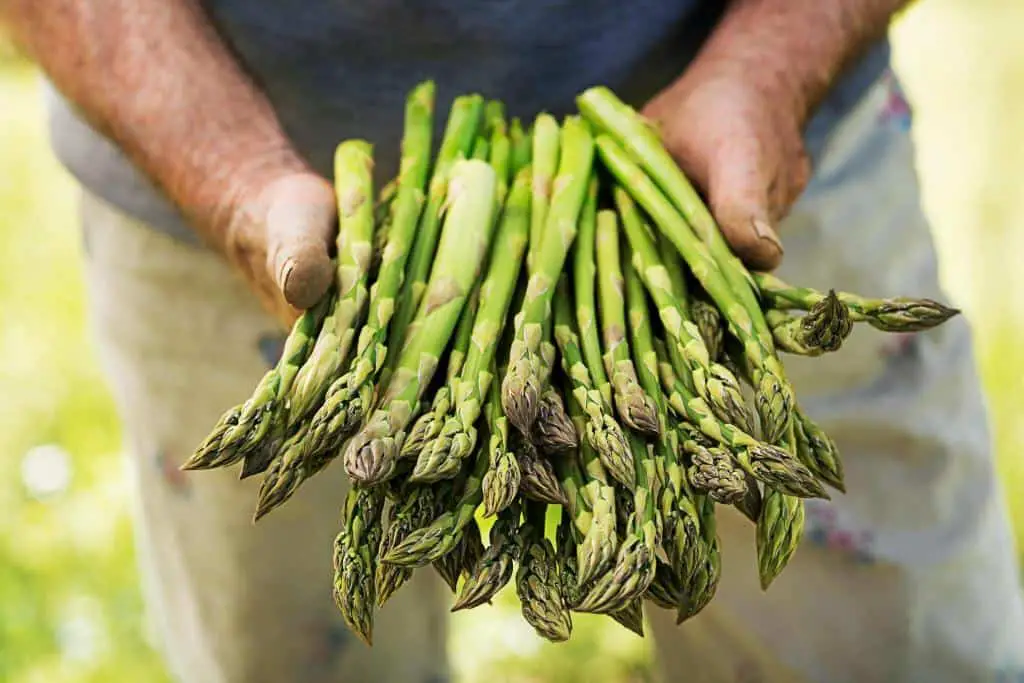
Yes, coffee grounds can indeed be used as a substitute for traditional fertilizers in gardening. Coffee grounds contain many vital nutrients, such as nitrogen, potassium, and phosphorus. They also have other trace minerals. These nutrients can enrich the soil and help plants grow well.
Coffee grounds, when used as fertilizer, add organic matter to the soil. This improves the soil’s texture and drainage. It also enhances its ability to retain moisture. This can be particularly beneficial for plants that prefer slightly acidic soil, as coffee grounds have a pH level of around 6.5, making them mildly acidic.
Also, coffee grounds can help suppress weeds and deter pests. They are a natural and eco-friendly option for gardeners. Gardeners want to reduce chemical usage in their gardens. However, it’s essential to use coffee grounds in moderation, as excessive amounts can potentially harm plants and disrupt soil pH levels.
Sustainability and Organic Gardening Benefits
Using coffee grounds in your asparagus garden benefits your plants. It also fits sustainable gardening principles. You repurpose coffee waste that would be discarded. This reduces landfill waste and enriches your soil.
This practice fits the ethos of organic gardening. It emphasizes natural over chemical solutions. Moreover, utilizing this abundant resource showcases a harmonious approach to working with nature in your gardening endeavors.
Organic matter plays a crucial role in nurturing healthy asparagus growth. When integrated into the soil, coffee grounds break down gradually, releasing vital nutrients that feed the plants naturally. This gradual decomposition process ensures a steady supply of nutrients for sustained growth without overwhelming the soil with synthetic chemicals.
Asparagus is known for its delicate roots. It prefers nutrient-rich soil. It thrives in the presence of organic matter, like well-composed coffee grounds. The result is not just healthier plants but also a richer, more vibrant garden ecosystem.
| Read: Why Your Asparagus is Tall and Thin |
Practical Application and Best Practices
When applying coffee grounds to your asparagus beds, start by collecting used coffee grounds from your daily brew. Ensure the grounds are completely dried out to avoid clumping.
Spread a thin layer of the dried coffee grounds around the base of your asparagus plants. Be careful not to mound them up against the stems. This could invite pests. Gently rake the coffee grounds into the soil or mulch for better incorporation. Water the bed thoroughly after application to help nutrients seep into the soil.
Dos and don’ts when using coffee grounds on your asparagus include moderation; too much can lead to nitrogen burn on your plants. It’s wise to mix coffee grounds with other organic matter, like compost or leaf litter, to balance nutrient levels. Also, avoid using strongly flavored or spiced coffee grounds. They may contain chemicals that could harm your plants.
Testimonials from seasoned gardeners reveal that a balanced approach is key. “I’ve seen a notable improvement in my asparagus harvest since switching to using coffee grounds; just remember not to overdo it!”
Experienced gardeners emphasize observing your plants closely after application. If you see any bad reactions, like yellowing leaves or stunted growth, reduce the amount of coffee grounds used.
One gardener shared, “I was skeptical about using my leftover coffee grounds. But, after diluting them with water and adding them sparingly around my asparagus, I noticed healthier foliage within a few weeks.” Remember, balance is key. It’s crucial when adding new fertilizers, like coffee grounds, to your gardening routine.
Maximizing Results: Tips and Tricks
To truly harness the benefits of coffee grounds for your asparagus patch, consider adding a mix of other organic materials to the soil. Adding items like eggshells or banana peels can make the soil near your asparagus plants even more nutritious.
For instance, crushed eggshells are an excellent source of calcium, promoting strong cell wall development in the asparagus stalks, while banana peels add potassium that encourages overall plant vigor.
Coffee grounds are used as a fertilizer. But, they also have many other uses. They have versatile traits that extend well into pest control. Scatter coffee grounds around your garden beds. This deters pests like ants. It also improves soil aeration and moisture retention. This dual-benefit approach showcases how reusing coffee grounds creatively can elevate gardening practices beyond their traditional scope.
It can enlighten individuals who want to garden sustainably to explore using coffee grounds for companion planting. Adding the waste material to other natural elements, like crushed shells or shredded leaves, creates a dynamic environment. It helps many plants, including asparagus, to grow well. These components interact. They create a synergy. The synergy nurtures the soil and promotes perfect conditions. These conditions lead to bountiful harvests.
| Also see: How to Grow Asparagus in Raised Beds |
Exploring Alternatives: Beyond Coffee Grounds
For those without coffee grounds or who want more organic fertilizer options for asparagus, there are other good options to explore. One such alternative is compost tea. By steeping compost in water, it becomes a nutrient-rich liquid fertilizer.
Compost tea provides a lot of good microorganisms and nutrients. They can promote soil health and help plant growth, including that of asparagus. Gardeners can compare compost tea to coffee grounds. They can then tailor their fertilization to their plants’ specific needs.
Another natural fertilizer option stands out. It is fish emulsion for sustainable gardening. This organic product is made from processed fish remains. It offers a potent source of nitrogen, phosphorus, and essential trace minerals for robust plant growth. Consider using fish emulsion instead of coffee grounds to boost asparagus growth. It’s key to understand the nutrients each one provides.
Coffee grounds provide mostly nitrogen. But, fish emulsion offers a mix of nutrients. It can benefit plant resilience.
Beyond traditional organic fertilizers like coffee grounds. Seaweed extract is a valuable alternative. It is known for its many micronutrients and growth-boosting properties. Seaweed extract comes from seaweed harvested from ocean beds. It is a bio-stimulant. It helps plants take up nutrients. It also boosts plant defenses against environmental stressors.
Conclusion
In conclusion, using coffee grounds on asparagus plants has many benefits. It is good for home gardeners and sustainability enthusiasts. Coffee grounds provide nitrogen and potassium. They also promote eco-friendly gardening. Adding them to your asparagus beds can lead to healthier, stronger plants.
Highlighting the eco-friendly aspect of reusing coffee grounds shows that sustainable gardening is cyclical. Recycling these grounds back into the earth completes a loop. Waste becomes food for new life. It’s a small but impactful way to cut your carbon footprint. And, you get to see flourishing asparagus spears in your garden bed.
This effort is towards sustainability. It shows how simple actions, like composting coffee grounds, can lead to great outcomes in your organic garden. It creates an environment where every part has a purpose for collective growth and well-being.
As you tend your garden, I encourage you to try different natural methods. Try more than just coffee grounds. Try using other organic fertilizers. Or, combine various nutrient sources. See what works best for your garden. Embrace the curiosity that comes with sustainable gardening practices and enjoy the process of cultivating thriving asparagus plants using nature’s resources at hand. Happy gardening!

